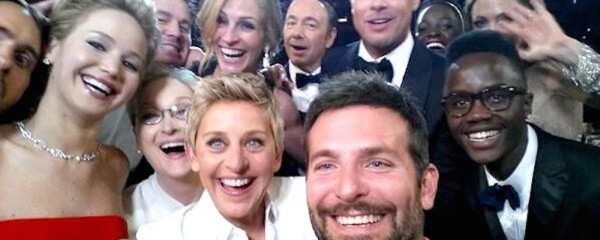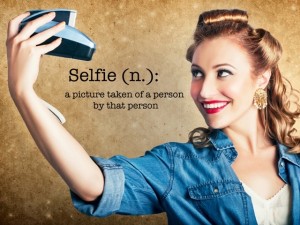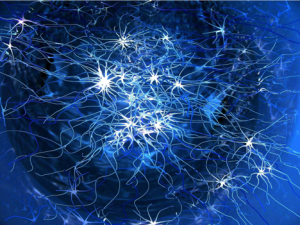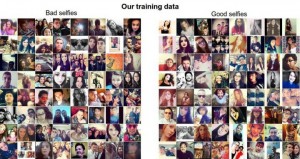04
Nov 2015
NEW TECH TO MAKE YOUR SELFIE BETTER
Who likes “Selfie” ? I do…. Lol! More and more people take selfie either for personal use or to post it on Social Medias. More and more products are developed to support this trend; the selfie stick, or the new tech developed by Samsung S6 (when you only touch the sensor beside back camera to take a selfie) or even XiaoMi! What if scientists are developing a new tech for us to make a better selfie? Isn’t that interesting? Let’s take a look!
Scientists are using machine learning to empower self-driving cars, autonomous robots, and even smarter Google searches. Now they are also developing a computer that has been tasked with more amazing task: figuring out how to take the perfect selfie.
The Neural Network Computer
Andrej Karpathy, a PhD student at Stanford working in the Computer Vision Lab, trained a neural network computer to determine what creates a “good” selfie, and you can also tweet your selfies to the network’s Twitter bot for evaluation.
Neural networks are computer systems inspired by the structure of the human brain. Rather like the Deep Dream neural network that Google built to create bizarre, mutated dog-based art, Karpathy’s program analyses millions of images, breaking down each one into layers of shapes and colors that the program analyses. Karpathy wrote in an Oct. 25 blog post that he fed his own system 2 million selfies from around the web—though it’s not clear where exactly they came from—to build up its knowledge.
Neural Network inspired by Our Brain
How does it work?
The idea is to identify images through repetition. If you show the network hundreds of photos of dogs and cats, it’ll be able to give you a percentage-value guess on what’s in the next image you show it. If you show the network a cat but tell it that it was actually a dog, the network will recalibrate its layers to ensure that next time, it’s more likely to say dog. Like Karpathy writes on his blog saying “Then we just repeat this process tens/hundreds of millions of times, for millions of images.”
Karpathy wrote a program to pull 5 million images from the web that were tagged “#selfie.” He used another neural network to filter the images down to contain at least one face, which was about 2 million of the images. Then the neural network learned to evaluate whether a selfie was “good” or not according to how many likes they had.
There are some interesting insights on what computer thinks humans will like in terms of selfies:
We like women
The top 100 selfies the neural network chose were all women, most of which women with long hair. The program also tended to prefer selfies that cropped out foreheads, for some reason.
Selfies should be mostly face
All of the best selfies seem to show the person’s face taking up about one third of the photo, with the head tilted slightly.
Distort the photo
Karpathy noticed that the vast majority of popular selfies had oversaturated the face in the photo, added some sort of filter, and probably added a border of some sort around the image.
The neural network program also found some habits to avoid:
– Don’t take a photo in low light
– Get too close to the camera
– Take a group shot
Selfies, it seems, should indeed focus on the self.
Karpathy also admits that likes may not be the best metric to determine selfie “quality”, but neural network seems to suggest that the internet favors close-up photos of young, light-skinned women. Karpathy also ran the program on a batch of selfies solely from celebrities, and the top photo it pulled out was of model and actress Rosie Huntington-Whiteley, who fits exactly.
“Honor bespeaks worth. Confidence begets trust. Service brings satisfaction. Cooperation proves the quality of leadership – J.C Penney”
Adapted from Quartz
www.sbeinspection.com , we help you to manage your quality control issues 



































